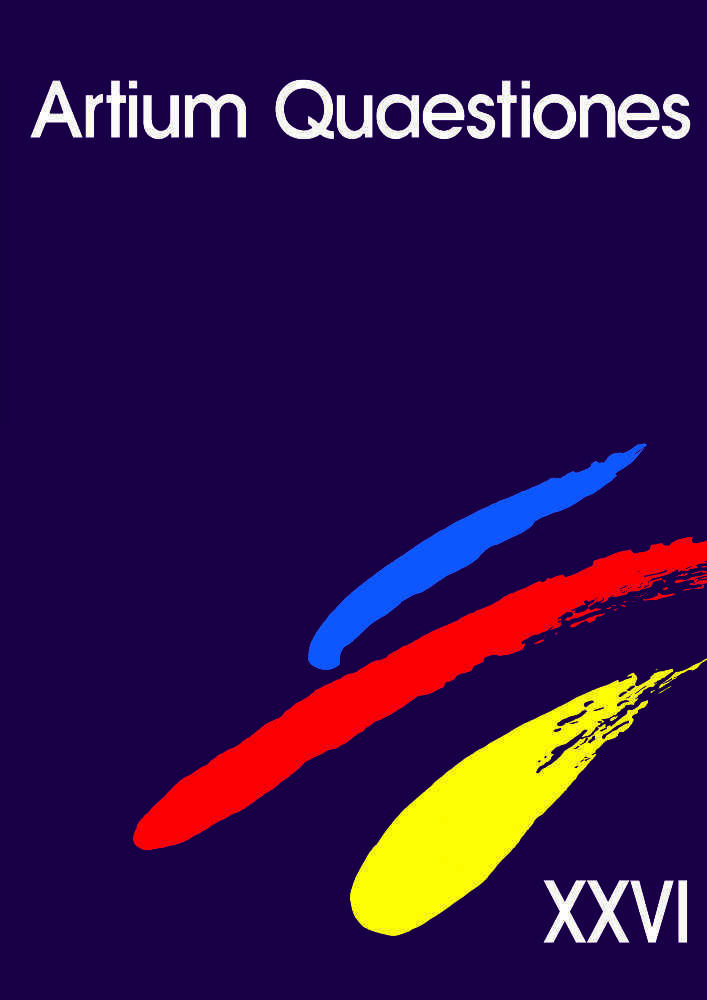Abstrakt
The bronze statue of Neptune (around 1615–20) in the Long Market (Długi Targ) in Gdańsk unifies two opposed antique prototypes, a contrapposto figure which shows the god Neptune peacefully resting, and a dynamic figure applying the trident, his weapon, in combat. The new combination represents mimetically the changeable nature of the god’ s liquid sphere, the sea. In its artistic invention the statue manifests such an exact knowledge and familiarity with the study of antiquity and the artistic methods from Michelangelo Buonarroti until to Giambologna (Jean Boulogne, 1529– 1608), that we have to look for the artist among those trained in sixteenth Century Florence. Among the works of the Dutch Hubert Gerhard (1550– 1620), trained until to 1581 in Florence in the circle of Giambologna and later active in Augsburg and Munich as a leading Northern Mannerist artist, the Archangel Vanquishing Lucifer (1588) at the facade of St Michael’s Church (M unich) comes most close to the movement expressed in the Gdańsk Ne ptune.
Licencja
Prawa autorskie (c) 2023 Albert Boesten-Stengel

Utwór dostępny jest na licencji Creative Commons Uznanie autorstwa – Użycie niekomercyjne – Bez utworów zależnych 4.0 Międzynarodowe.
Prawo autorskie regulowane jest oświadczeniem autora przygotowanym przez Wydawnictwo Naukowe UAM a od nr XXVIII także umową licencyjną na publikację online zawartą pomiędzy Autorem i Uniwersytetem im. Adama Mickiewicza. Autorzy ponoszą odpowiedzialność za oryginalność zamieszczanego materiału tekstowego oraz regulację praw autorskich dotyczących materiałów ilustracyjnych. W przypadku, gdy materiały pochodzą od redakcji – odpowiedzialność ponosi redakcja czasopisma.
Ten utwór dostepny jest na licencji Creative Commons Uznanie autorstwa - Użycie niekomercyjne - Bez utworów zależnych 4.0 Międzynarodowe.
